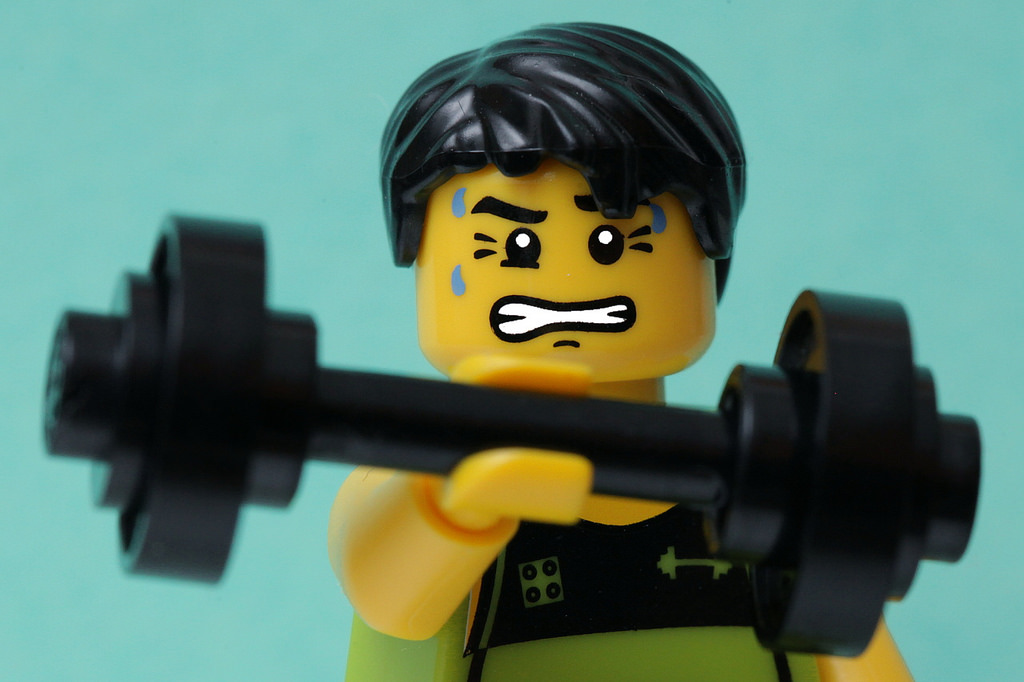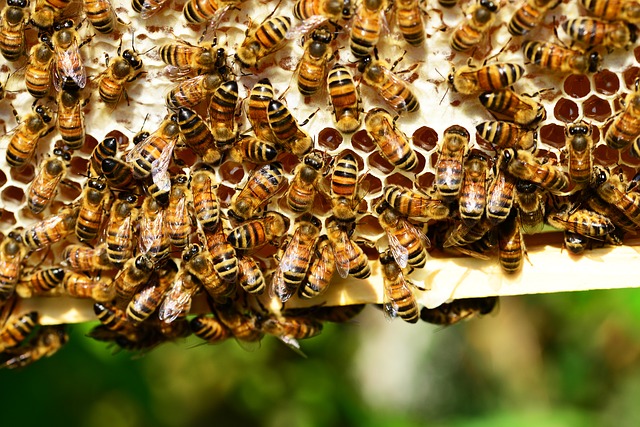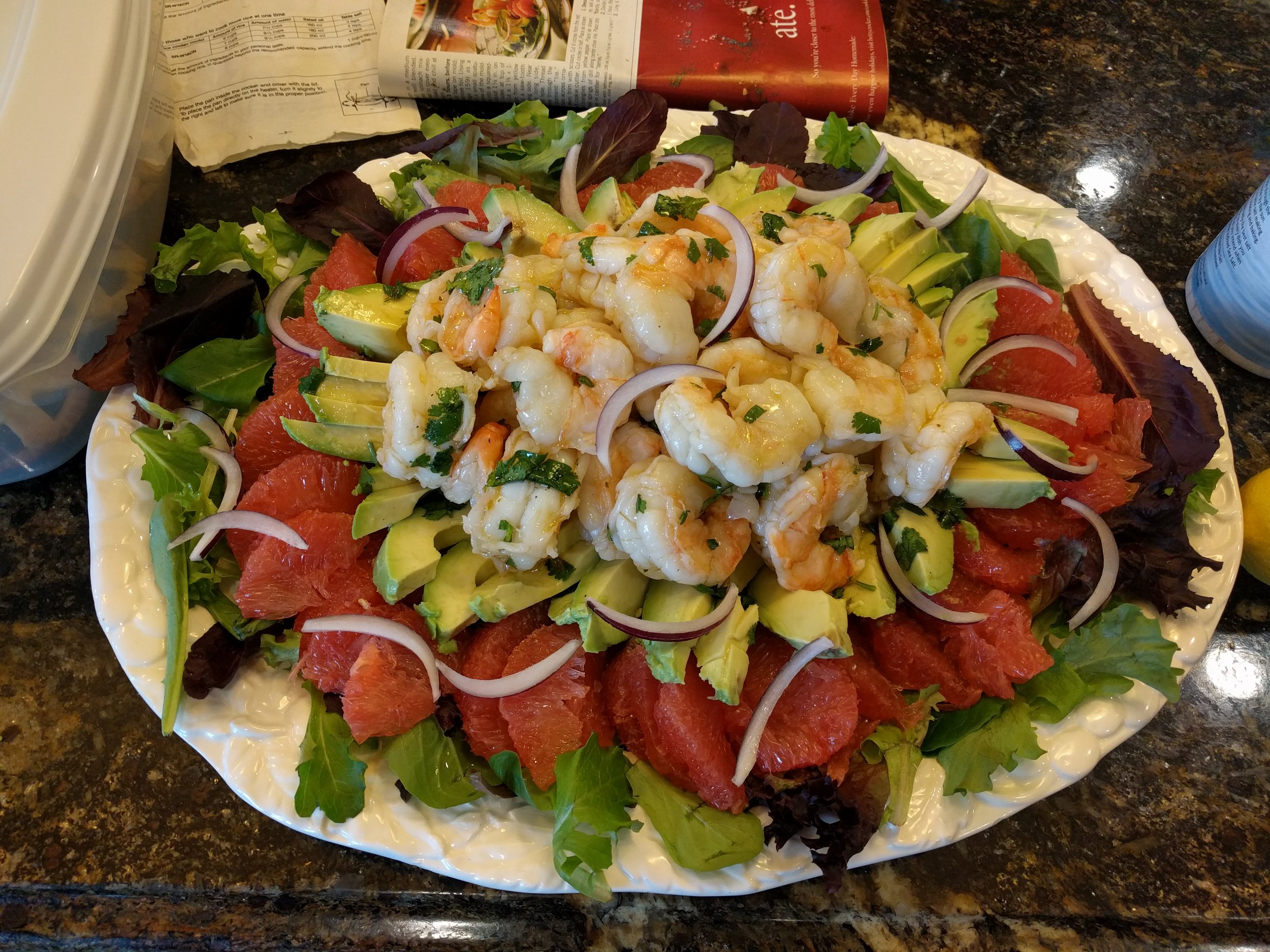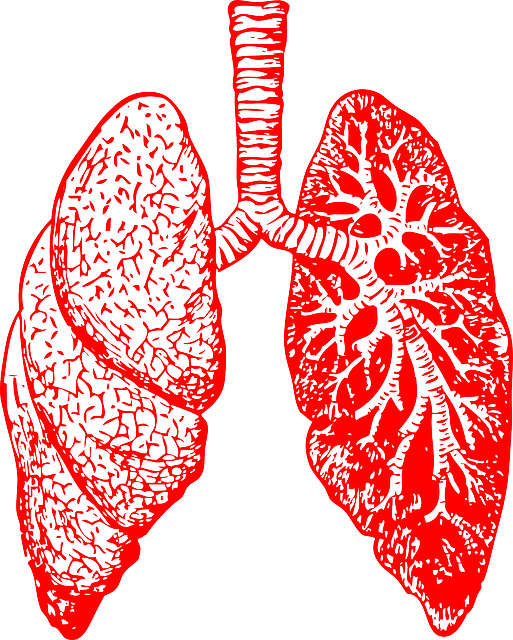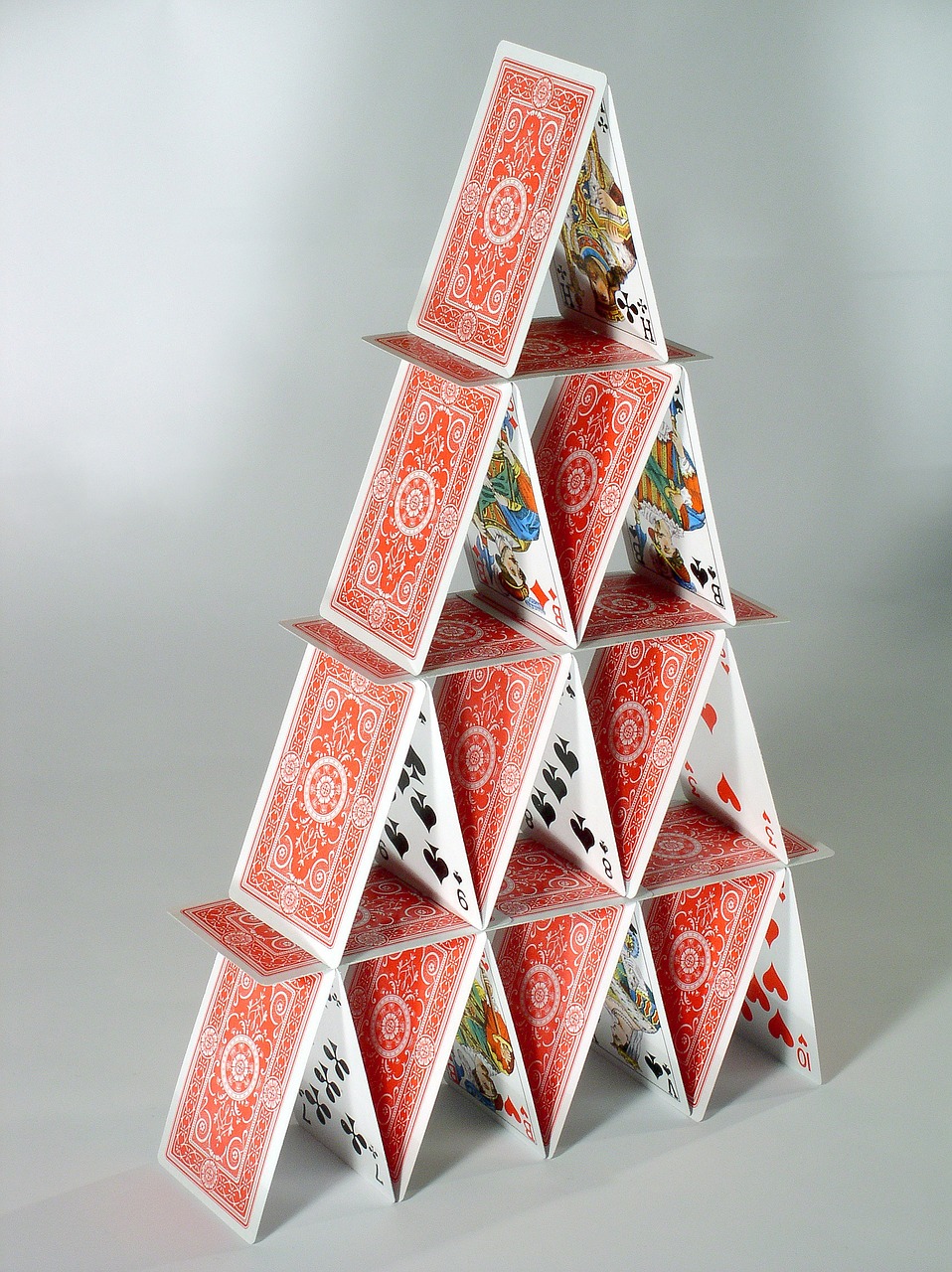Body Change: How to increase your results, and avoiding the vampires
/Well hello my beautiful little gym puppies; all excited and full of swagger, yet scared at anything new. I’m the same way – wanting to do what I’m best and most comfortable at, and shying away from anything remotely foreign to my prior gym experience. This just makes us human, and is a clear indication of our working brains that protect us from possible injury and death.
The challenge is, this subconscious fear of changing our rituals and comforts stops us from achieving the body composition changes we’re in the gym to change in the first place. After all, our bodies are capable of unbelievable levels of adaptation to the same routines. You know this if you’ve ever heard of, or worse, experienced a plateau; the body figured out the best and easiest possible way to do something we repeatedly did, and now it’s no longer effective at getting us towards the change we wanted.
So, in this post, I’m going to cover just a few of the ingredients needed to create the changes in your body that you want, plus highlight some of the biggest ways people get sabotaged by the best of intentions.
Intensity Matters:
In life, we change the most when life is the most severe. As painful as it is to lose a loved one, go through a break up, we change the most about ourselves immediately after a major loss in life. Athletes learn more about how to be better athletes after a defeat than a victory, and especially more is learned when the defeat is humiliating. Heck, I learned more about money in a few months of being broke than I did in the years of econ I took in school plus what my parents tried to teach me when I was younger.
The same is true in your body: the level of change is predicated on the level of intensity on your body. Plain and simple, muscle only grows in response to force production, and fat doesn’t get burned anywhere near enough to justify gym time unless we’re working harder than we want to. Sometimes, we need to grit our teeth, grunt some, and curse after a set. I do want to be clear here, there’s zero reason we should be in physical pain. But, the chief reason I have a job, the personal trainer is the easiest way to take yourself right up to the point of pain, and stay there as long as possible to create the best changes. Otherwise, just like being bored in a classroom leads to a lack of learning, our bodies get bored of a lackluster workout.
Lack of Recovery
There’s a trend going around the fitness world these days of getting enough rest and avoiding stress in life. Like anything in my industry, there’s some truth to the idea, but a lot of confusion in the actual practice. I’ve personally been trying to change my vocabulary to say recovery in place of rest. Most people I work with hear rest and think either sitting on the couch relaxing, or sleep. I think of recovery as a much broader scope, and yet more prescription based; I don’t need to foam roll as much after a yoga class, and I need way more protein after a 2 hour lifting session. If I don’t want my knees to hurt ten years down the road, I want to make sure I have mobile hips, but I don’t need to mobilize my hips every day, just on days I’m about to do legs.
This becomes the biggest physical reason people don’t see results; the workout itself does nothing for you. You see the results from how the body reacts to the stimulus, and we can effect the recovery way more than the workout simply by focusing on tissue mobility, amazing nutrition and hydration (yes, they’re two different things), and rest. Otherwise, your next workout will end up being not only more dangerous, but even counter to your goal of positive change.
Positive Psychology – The Double Edged Sword
The genesis of this post was witnessing two women doing a 5lb dumbbell chest press on the floor, talking to each other the whole time. Bad form, heads turned towards each other, resting for 5 minutes at a time between terrible sets. I get it; socialization is one of the biggest ingredients of adhering to a gym schedule. But, if you’re able to have a casual conversation with someone during a set, congratulations, you’re socializing, not working out. And you’re running the risk of that gym buddy being a bad influence instead of an accountability partner.
The same is true with posting about workouts on social media. I know a guy that’s regularly posting on Facebook about his workouts and weight-loss journey. Every time he posts, he gets dozens of comments of encouragement about his bravery, dedication, and how inspiring he is. But, he has lost the same damn 20 lbs over and over for 5 years due to injuries happening every 3-6 months. At what point do we have to say that the positive psychology train needs to be serviced and re-calibrated? At what point do we realize that when we reinforce a behavior that is hurting someone, we’re the ones hurting them?
I personally invite everyone who reads this to be a positive change in the world by asking people like this what they’re recovery program is like? “Wow, you crushed that workout! How are you going to recover from that? Stretching? Protein? 10 hours of sleep?” We need to spread the message that not only fitness, but a healthy lifestyle is much more than just 1 hour in the gym 3-5 days a week.
Lack of Progress
The last thing I’ll mention is that it’s nice to get encouragement from your circle of friends, and feel like you’re accomplishing something by getting off the couch and moving your body. But many people much smarter than I have repeatedly said progress equals happiness. I say this for a few reasons. One, write down your workouts, and measure the results! Write down the number of days you’re going to the gym, and measure the progress of consistency. Do something to reinforce the changes you’re making.
But I say this, lastly, that people encouraging us that we’re on the right path when we’re not seeing results confuses and frustrates us. If this is you, I’m so sorry on behalf of these positivity warriors. But I’d invite you to analyze why other peoples opinions are more important that yours and your observational skills? If it’s not working for you, try something else. If that doesn’t work, try something else. And when you get completely outside of what people encourage you to do, and it works for you…well, they say something is only stupid until it works. Then you’re a genius.
I wish you all the best in your endeavors, and if there’s anything I can further help with, let me know. Otherwise, I bid you Farewell.
